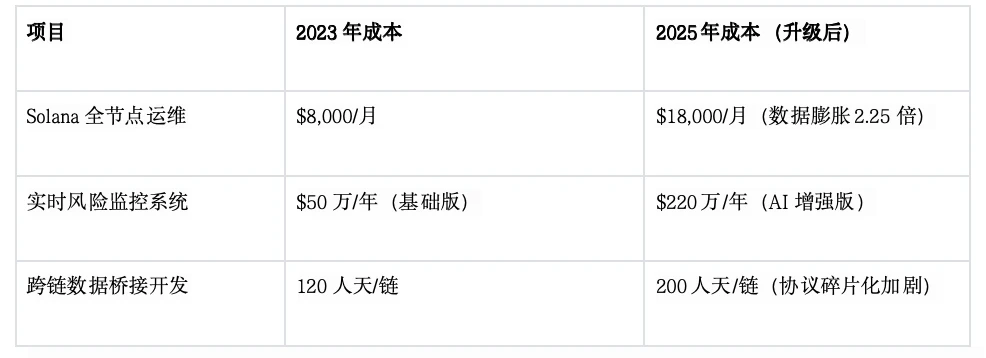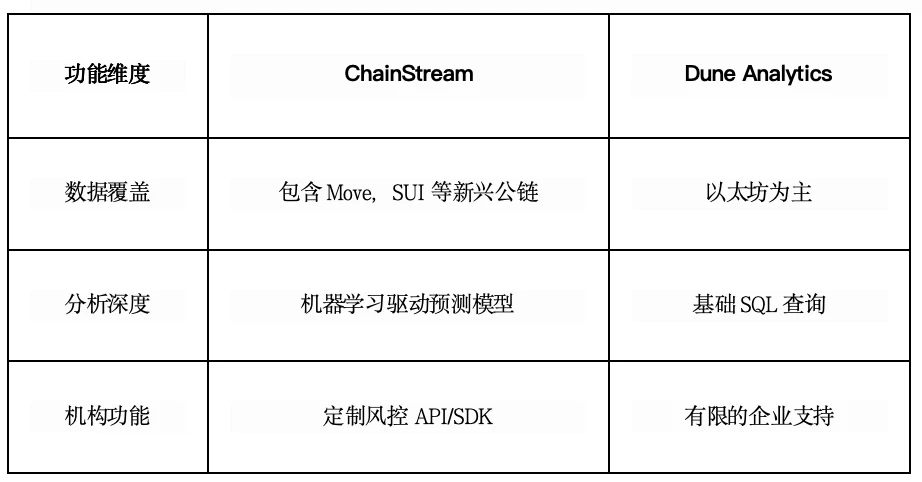DEX opens a new era of trading
If CEX has dominated the golden decade of cryptocurrency, then the decentralized exchange (DEX) ecosystem that has exploded in the past year is reshaping the trading market. To date, its spot trading volume has reached 20% of that of centralized exchanges (CEX). In January 2025, DEX spot trading volume reached 454.1 billion US dollars, a 40% increase from 323.89 billion US dollars in December 2024. Futures trading volume has exceeded 10% of CEX, and the cumulative trading volume of DEX futures contracts in 2024 has exceeded 1.5 trillion US dollars. DEX provides users with new trading objects, deposit and withdrawal channels, trading models, settlement and savings tools, and will be the starting point of the new financial era.
A building on the swamp, a shaky new era
While the DEX ecosystem is advancing by leaps and bounds, HyperLiquid, the leader of DEX and known as the decentralized Binance, suffered an on-chain attack worth hundreds of millions of dollars. An anonymous whale exploited a platform vulnerability and manipulated the market price, causing HyperLiquids capital pool to suffer huge losses. This incident caused HyperLiquids TVL to drop from 654M to 273M, a drop of nearly 60%. The price of HYPE plummeted, and developers fled in large numbers. In response to the crisis, HyperLiquid took emergency measures to remove related contracts and force liquidation. This pulling the plug operation triggered market doubts about decentralized governance. This incident revealed the vulnerability of decentralized trading platforms in risk control and governance, and raised concerns about their future development.
Rather than saying that the reliance on on-chain oracles instantly destroyed HyperLiquids funding pool, it is better to say that the fragile infrastructure cannot support a business giant of this size. Unlike the closed system and risk control management model of CEX, various open source protocols and public chains with zero threshold for entry provide a fertile soil for the crazy growth of DEX. It is this ease of development or easy replication that has enabled the prosperity of DEX in a short period of time. However, what follows is the overload of on-chain applications but a serious lack of infrastructure. General infrastructure and various protocols represent homogeneity and shared risks. A vulnerability in a protocol is enough to instantly affect hundreds of DEXs and bring losses of hundreds of billions of dollars. If a building is built on a swamp, then the higher it is built, the more dangerous it is. When will the dangerous building above the users head collapse?
Infrastructure: Mining the Rich Mine of Web3 Large-Scale Applications
The success of the DEX model lies in innovation. This consensus requires a solid foundation to match it, and infrastructure is such a key.
The current global competition for Web3 infrastructure has entered deep waters. The evolution of infrastructure is changing the economic model of Web3. From gas fee optimization to cross-chain interoperability, from data availability to settlement certainty, every technological breakthrough is redefining the way value is captured. This indicates that the industry is about to usher in a new round of survival of the fittest, and this competition is essentially a fight for the right to set the next generation of Internet standards.
To fully tap into the new gold mines of the DEX era, infrastructure construction needs to face up to the current state of the industry: the continued development of high-performance, high-TPS public chains, the real-time requirements for on-chain trading derivatives, and the exponential growth in market demand for high-performance underlying architectures. At the same time, high-performance big data is bringing about a cost crisis for developers.
1. Public chain performance revolution drives data explosion
- TPS Transition:
- Solana 50000+ TPS
- Aptos achieves 200,000 TPS (via parallel execution framework Block-STM)
- Data volume surges:
- Solana’s daily on-chain data is between hundreds of GB and 1 TB
- The average daily rollup data submission volume of modular blockchains (Celestia, etc.) exceeds 40 billion
- Derivatives rule:
- Perpetual contracts account for 78% of the total market trading volume (Bybit 2025 Q1 data)
- High-frequency market makers require on-chain price feedback of ≤ 100 ms
2. Developer cost crisis
• Cost comparison of self-built real-time data system:

Cryptoflow: Building the Next-Generation Web3 Infrastructure Stack
Based on the above situation, one of the core issues of this round of infrastructure upgrade is data. Looking around the world, data giants with a market value of tens of billions, such as Dune and Chainalysis, are constantly upgrading to match the needs of public chains and applications. Focusing on the emerging Hong Kong market, we can find that ChainStream , the core data layer of Cryptoflow, is also taking on the same responsibility.
ChainStream is redefining the paradigm of on-chain data analysis. With years of experience in big data center operations, and relying on self-developed AI algorithms and distributed computing architecture, it provides real-time on-chain data query, intelligent data analysis, and market data monitoring services to global Web3.0 users and practitioners, effectively reducing information asymmetry in digital asset investment decisions.
1. Data solutions and technical barriers
- Stream processing layer:
- Sub-millisecond sharding: time slice granularity is compressed from 10 ms to 0.5 ms, supporting lightning orders for derivatives
- Hybrid computing: FPGA hardware acceleration modules handle 80% of regular events (reducing CPU load costs by 40%)
- Normalization layer:
- Added Move VM 2.0 (Aptos mainnet) and FuelVM full instruction set analysis
- The time required for developers to migrate to a new chain is reduced to 4 hours (using AI to generate adaptation templates)
In addition to performance improvements and mainstream market coverage, ChainStream remains open, attaches importance to data support for emerging public chains, takes blockchain projects as the core, and targets communities and developers, providing high-quality and in-depth data services for applications in various ecosystems.

2. Blockchain and AI infrastructure
In addition to data services, Cryptoflow provides professional digital financial solutions for various institutions, enterprises and users in the encryption field around blockchain data and on-chain assets through its independently developed blockchain and AI infrastructure, and discovers and accompanies the growth of emerging products and technologies.
Application level: Through the self-built application chain, we carry and support various blockchain applications such as browsers, wallets, Defi protocols, NFT, GamefI, etc., encourage emerging teams to innovate, and jointly expand and innovate the Hong Kong blockchain ecosystem;
Asset level: Through the self-developed RWA underlying protocol, 404 protocol, combined with years of traditional financial experience, the mapping of off-chain assets to on-chain assets is completed, and the entire process of blockchain asset release, upgrade, transfer, cross-chain, and transaction is opened up;
Compared with Silicon Valleys first-mover advantage in technological innovation and Singapores flexible policy on regulatory sandbox, the uniqueness of the Hong Kong case is that it proves that regulatory compliance and technological innovation can promote each other. While other regions are still debating whether regulation stifles innovation, Hong Kong has cultivated compliant native companies such as Cryptoflow through a clear licensing system. This regulatory first path may become a reference template for more financial centers to develop Web3.
As a pioneer in the Web3.0 field in Hong Kong, Cryptoflow is driven by both technological innovation and scenario implementation: on the one hand, relying on the resource advantages of the big data center, it provides stable and reliable computing power support for the two core infrastructure platforms; on the other hand, it actively relies on the high-growth markets in Hong Kong and the world, establishes strategic partnerships with local regulators and industry partners, and deepens infrastructure construction.










